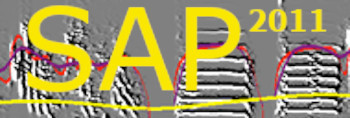Hardware Installation: Sound hardware
| < PREVIOUS: Hardware Installation - Training boxes | > NEXT: Hardware Installation - Storage Media |
|
|
|
|
Sound Hardware Microphones: There are many good (and expensive!) choices, but we feel that most condensed microphones can provide reasonable sound quality. We like the EarthWorks microphones, (SR69 or SRO). They have high sensitivity and a very flat frequency response up to 20kHz. Another good, and less expensive option is the Behringer C-2 microphones. Some sound cards supplies appropriate phantom power and the combination works very well. One thing we discovered though is that those microphones should be protected from bird feces. We discovered that zebra finches can spray their feces in a straight upward direction (they do so while performing wheelbarrow jumps in the case!) and a direct hit from a single piece of feces can destroy the microphone. A piece of cloth set loosely around the recording tube solved that problem.
Sound card or Analog Input card Option 1: Use a regular sound card for two channels recording. Such inexpensive cards would usually work fine, but you might experience about 5% leaking of sound across stereo channels. You can install two such cards to allow recording from 4 channels but in most cases you will have to use cards of different brands to avoid driver conflict (which can be very nasty). In addition, you will need to buy a preamplifier for each microphone and for your speakers as well Option 2: Use a multi channel sound card that are ASIO or DirectSound compatible. The card that was successfully tested in our system is M-Audio ProFire 2626 http://www.m-audio.com/products/en_us/ProFire2626.html:
 It is a decent and relatively inexpensive card (about $600) with 8 preamplified microphone channels with phantom power, and 8 output line level audio channels. It requires a firewire connector (or a firewire PCA card if the motherboard does not support it). We did not try the equivalent USB card.
|
|
